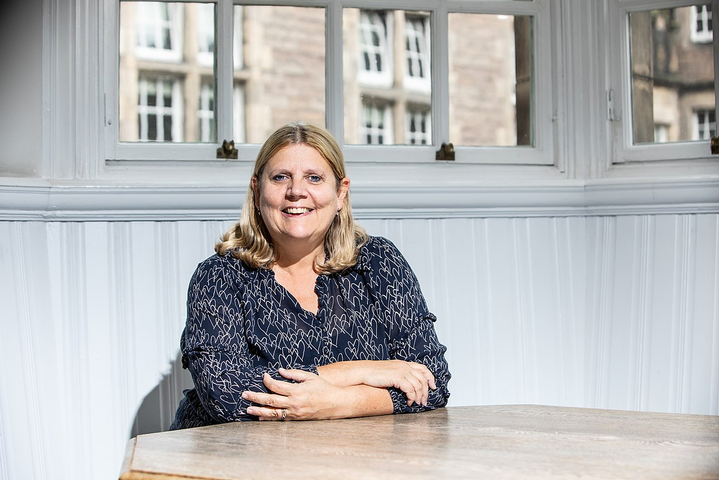It used to be that when deaf people wished to discuss ‘carbon footprint’ or ‘greenhouse gases,’ there was a necessity to spell out long complicated scientific terms, one letter at a time. Now, however, they are some of the 200 scientific terms related to the environment, granted new official signs in British Sign Language (BSL).
About 90,000 people in the United Kingdom use BSL. It was only recognised by the UK government in 2003 and not until 2022 did it receive the same legal protection as Welsh and Gaelic, following years of campaigning by the BSL. Now, government departments must report on how they are promoting the use of BSL and guidance has to be given to governmental departments and public bodies on how to meet the needs of BSL users.
The deaf scientists and sign language experts who devised this environmental update are hopeful the new signs will enable deaf people to take on a bigger role when discussing climate change in the classroom or science lab.
Leading the project, Dr Audrey Cameron, herself completely deaf, heads Edinburgh University’s sign language project, who introduced the new terms to the BSL dictionary. She told of how in her 11 years of experience, a dearth of vocabulary entailed that she was “never fully involved” in key meetings and other conversations. She couldn’t understand what people were saying and wanted to talk with people about chemistry, and just wasn’t able to. But with the new signs, deaf people will be able to attend biodiversity and global climate summits and take part in discussions. BSL users will play a comprehensive part in the conversation regarding the environment.

The science glossary project, which receives some of its funding from the Royal Society, began in 2007 and was behind the creation of around 7,000 new BSL signs. Dr Cameron detailed that GCSE and A Level courses provided the terms. She said that sign language’s representational nature offers a unique lens through which to engage with the natural world around us. The fact that deaf people no longer must rely on finger-spelling complex terms is key to her mission.
The new signs cover biodiversity, ecosystems, the physical environment and pollution. A video glossary can be found online that demonstrates the terms.
An example of the new signs is the term carbon footprint. For this, the left hand makes a “C”shape while the fingers of the right hand move away, resembling the release of carbon into the environment. Another is – greenhouse gases – where both hands make circular shapes and move around to represent gases, then the left hand goes horizontal, and the right hand is moved with the index finger extended down and then back up to the left hand. This shows sunlight reflecting on the surface of the earth. Or there’s photosynthesis, where one flat hand-shape represents a leaf while the fingers of the other hand are extended to represent the sun’s rays. The sun hand moves towards the leaf hand, showing energy being absorbed by the leaf. There are also signs for acidification, natural selection, pollution, carnivore, herbivore and omnivore. There’s even one for rewilding – the creation of habitats with conditions akin to those prevailing before humans came along.

The new terms are supposed to help deaf children, of whom there are at least 50,000 in the United Kingdom, per the Royal National Institute for Deaf People. Melissa,13, said: “They really help you understand what’s happening.” She illustrated this by contrasting fingerspelling greenhouse gases, “With the sign I can see something is happening with the gas.”
Liam McMulkin, a deaf teacher from Glasgow, said: “Deaf people miss out on so much information. Hence, it’s critical to employ sign language in school science lessons so deaf children can learn in their natural language. Although some concepts are difficult to understand, sign language can really help children to understand them.”
Dr Cameron agreed the value to education that demonstrating complex scientific concepts with hand
movements can provide. On observing a class in which five-year-olds were learning what makes things
float or sink, the teacher used the sign for density to show how less dense objects will float. It prompted
her to think these five-year-olds are not going to get this, but nonetheless, when the lesson ended, a
question was put to them about what makes things float or sink and everyone used the sign for density.
This has made clear to her just how much impact this might have.
One would think that changing climate was only spoken of in recent times. The truth is that the term first
saw use in a US magazine article in 1854, over 150 years ago. Things are, however, getting more urgent
as the term – climate crisis – grew 20 times in use between 2018 and 2020.






















